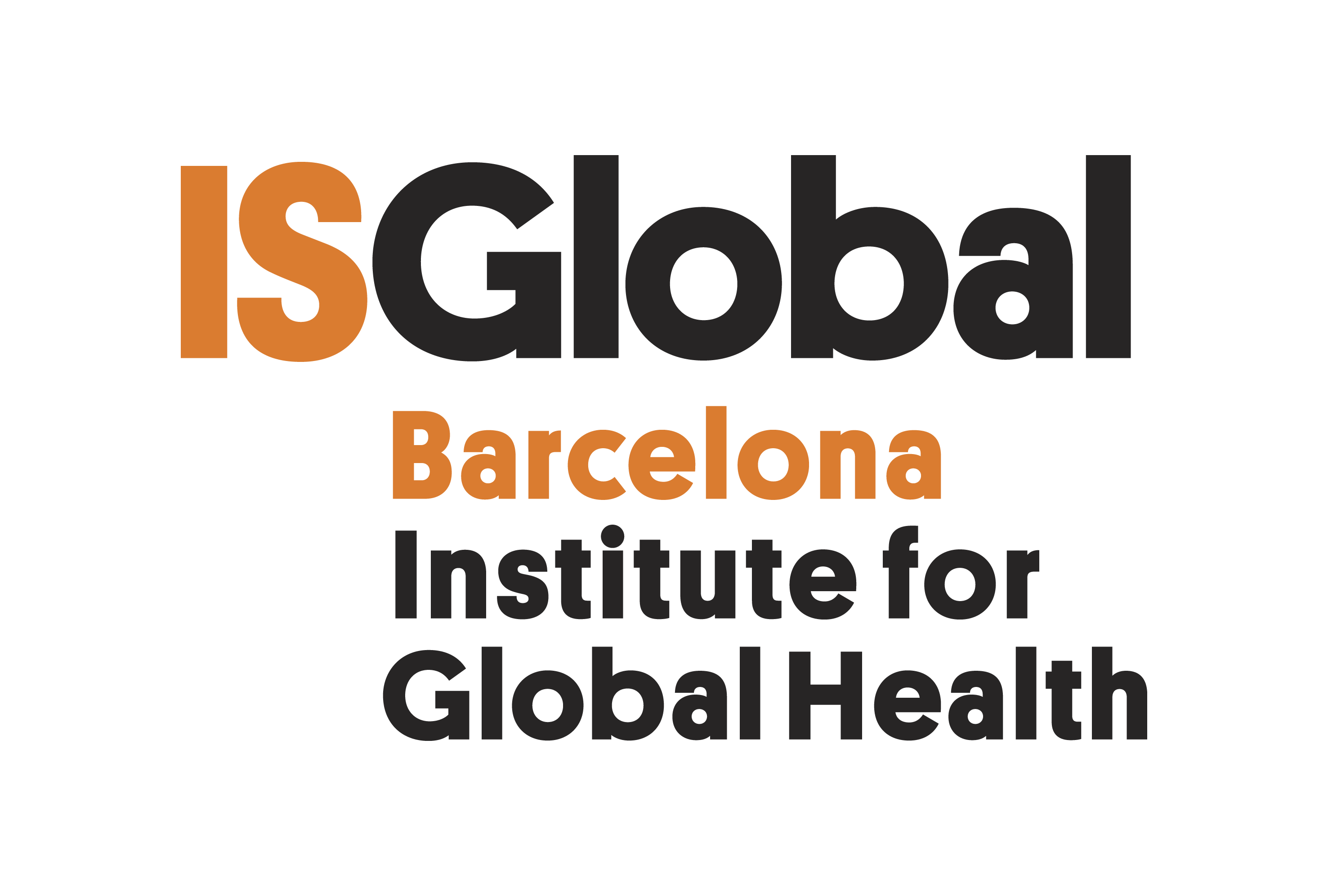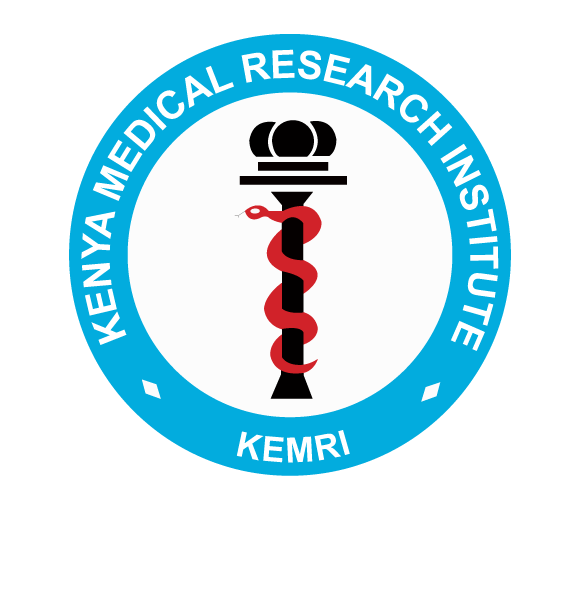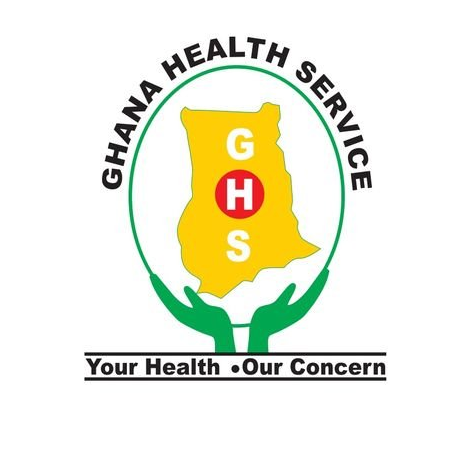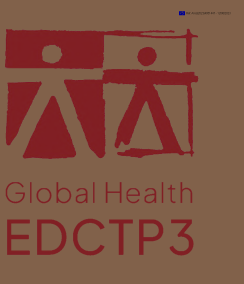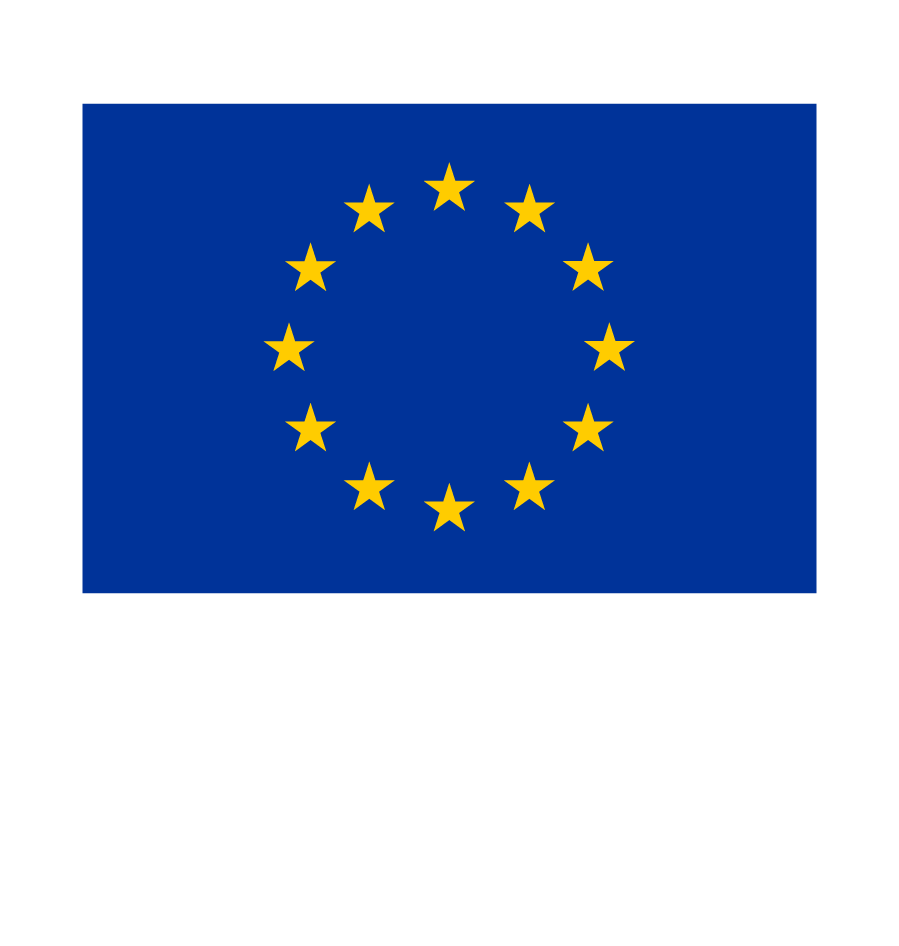FAQs
The treatment can vary depending on the species and local regulations. In general terms, benzimidazoles (albendazole and mebendazole) are being used for hookworm (A. duodenale and N. americanus), roundworm (A. lumbricoides) and whipworm (T. trichiura); and ivermectin is recommended for threadworm (S. stercoralis). In some areas, the treatment for whipworms combines ivermectin with benzimidazoles.
Albenzadole is currently administered in a fixed dose (usually, 400 mg for anybody 24 months old and above) as a standard treatment for trichuriasis, ancylostomiasis or hookworm diseases. On the other hand, ivermectin is usually administered to treat strongyloidiasis with a dose based on body weight, height or age.
Fixed-dosing eases administration both in terms of avoiding measurement errors while dosing and in terms of lack of material required for administration (e.g. scales to weigh people, irregular terrain where scales don’t work). It also enhances safety, reducing the room for dosing errors. Additionally, fixed doses prevent underdosing, especially of ivermectin, increasing the efficacy of the treatment.
Ivermectin and albendazole are both antiparasitic medicines, but they differ in their mechanism of action. Ivermectin binds to the muscle and nerve cells of worms causing their paralysis, which leads to the organism’s death; whereas albendazole prevents the worms from absorbing the nutrients they need to survive (glucose in particular). Having different mechanisms of action prevents the survival of worms that can grow resistant to one of the drugs.
We are at the last stages of the development of the co-formulation. The European Medicines Agency (EMA) is evaluating the drug for approval, and the project is performing phase 3 clinical trials (the last step before being accepted for commercialisation). However, although our project covers implementation and acceptability studies, commercialisation is not part of our actions. With our work, we aim to provide this improved therapeutic option and encourage funders and donors to make it available where needed.
This combined treatment will be taken as a single dose or as a three-day regimen (i.e. once a day for three consecutive days). Treatments are repeated through deworming activities at a frequency based on the prevalence in each particular area as indicated by WHO´s control strategy. In high-prevalence areas every 6 months and annually in moderate-prevalence areas.
The main target populations are preschool and school-aged children and women of reproductive age, which are currently prioritised by the strategies formulated by international health institutions (e.g. the World Health Organisation) to treat soil-transmitted helminth infections.
